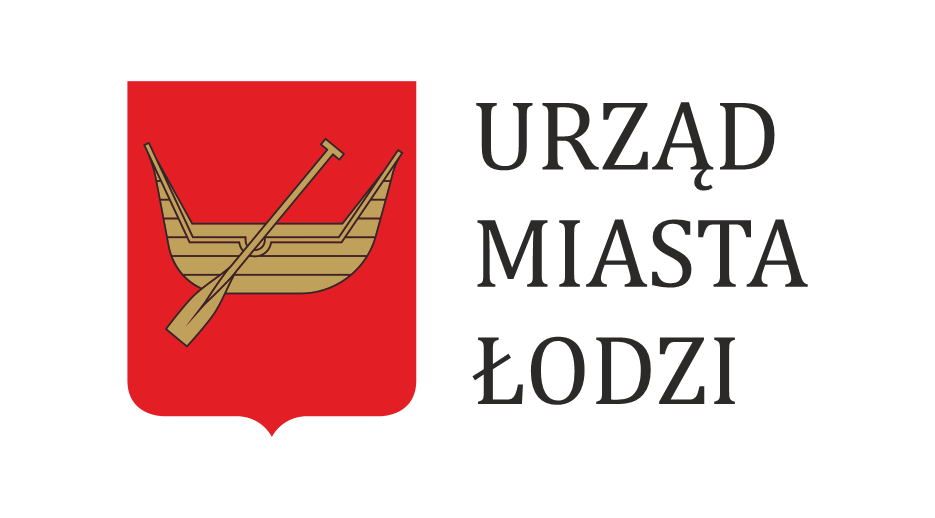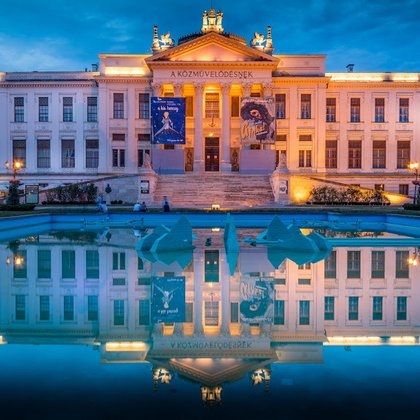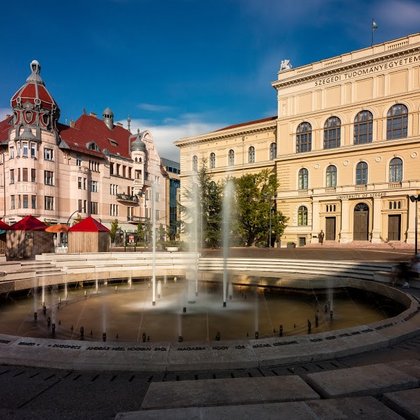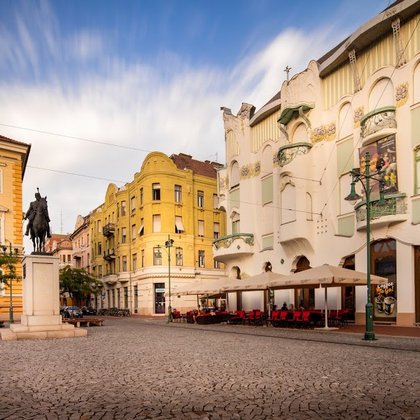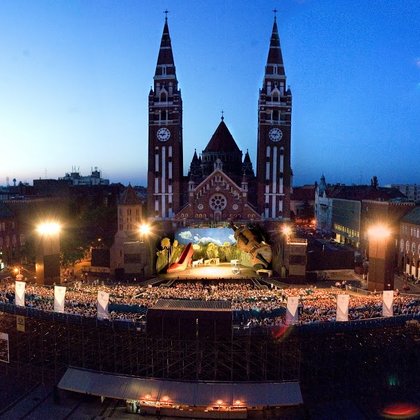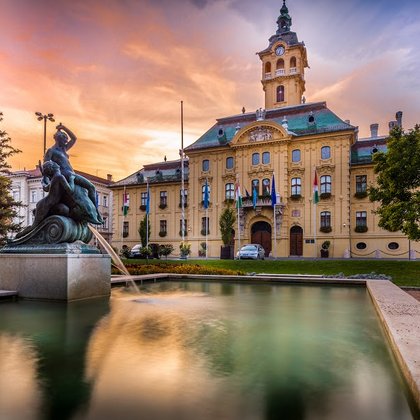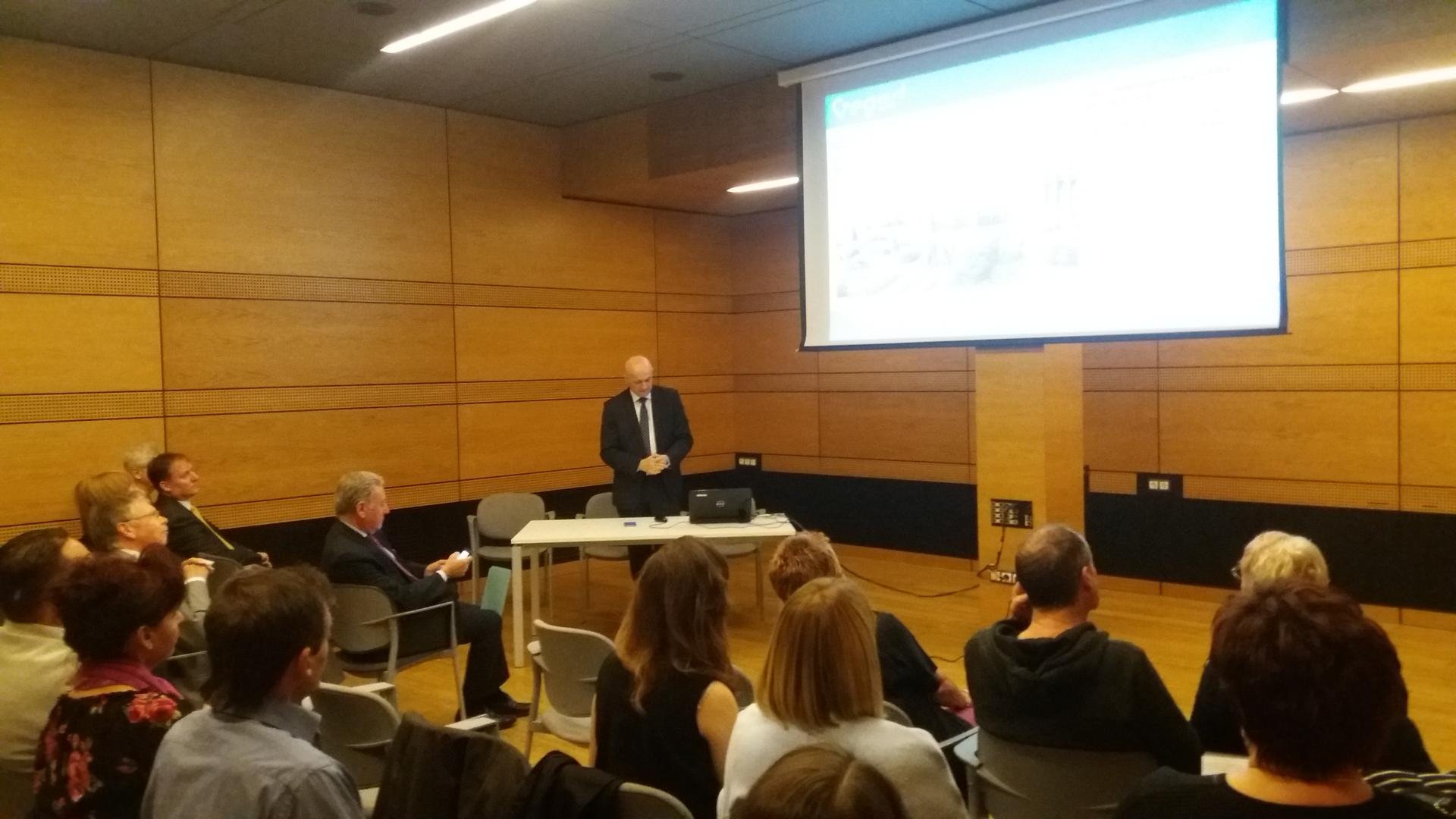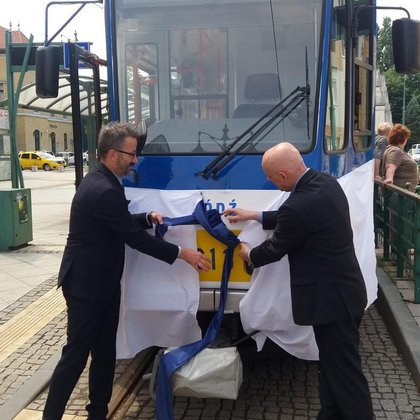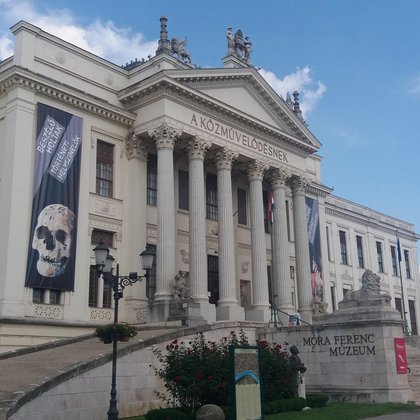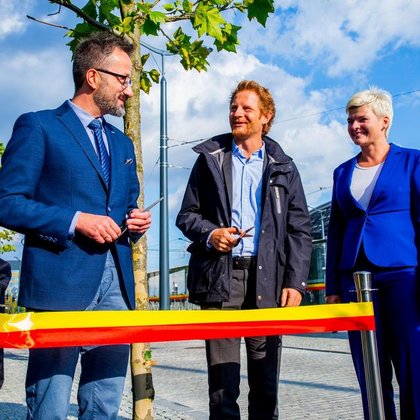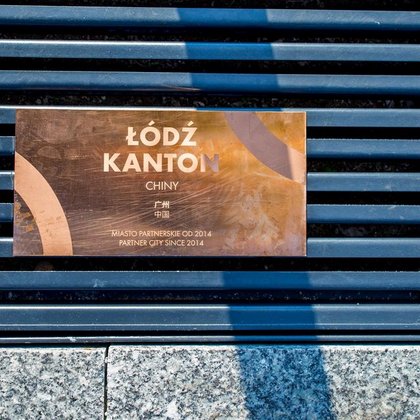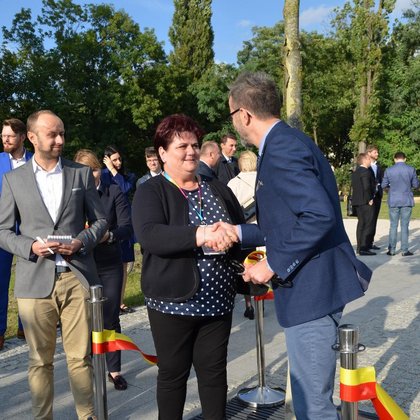The first mention of Szeged comes from ancient times, and Ptolemy mentions the oldest name of the city - Partiscum. It is possible that this area also housed the seat of the ruler of the Huns of Attila.
The name Szeged was first mentioned in 1183 in a document of King Béla III. In the second half of the century, there was a Roman commercial staff on the island of Tisza, and the foundations of the castle in Szeged suggest that the building could have been built on the site of the fort. Only one corner fragment of the castle has survived to this day.
During the Mongol invasion, the city was destroyed, and its inhabitants fled to nearby swamps, but soon returned and rebuilt their city. In the fourteenth century, during the reign of Louis the Great, Szeged became the most important city in southern Hungary, and as the Turkish armies approached Hungary - Szeged's strategic importance increased. King Sigismund of Luxembourg built a high wall around the city for defense.
In 1498, Szeged obtained the status of a royal city. Szeged was first attacked by the Turkish army on 28 September 1526, but it was only seized in 1543 and became the administrative center of the Ottomans. The city was freed from Turkish authorities on 23 October 1686 and regained its free royal position in 1715. In 1719 Szeged received a coat of arms from Charles III (used today). Over the next few years, Szeged developed and new perspectives opened up.
In the city between 1728 and 1744 witch trials were carried out, which were initiated by the authorities as a means to remove the problem of public complaints about drought and their effects - hunger and epidemics of diseases in the city, placing responsibility on the people among them who fraternized with the devil.
The citizens of Szeged played an important role in the Hungarian revolution in 1848. Lajos Kossuth gave a famous speech here. Szeged was the last seat of the revolutionary government in July 1849. The Habsburg rulers punished the city leaders, but later Szeged began to succeed and the city obtained the status of a royal city in 1860.
There was a great flood in 1879, which literally erased the entire city from the map of Hungary (only 265 out of 5723 houses remained and 165 people died). Emperor Franz Joseph visited the city and promised that "Szeged would be more beautiful than before" and kept his promise. In the following years, a new, modern city emerged from ruins, with palaces and wide streets that we know today.
After World War I, Hungary lost its southern territory of Romania and Serbia, as a result of which Szeged became a border town and its importance diminished, but when it took over roles that previously belonged to lost cities, it slowly regained its lost position. Kolozsvár University (now Cluj-Napoca, Romania) moved to Szeged in 1921. In 1923, Szeged took over the function of bishop's seat from Temesvár (nowadays Timişoara, Romania). In the 1920s the Jewish population increased dynamically and reached the highest level in history.
Szeged suffered greatly during World War II. 6,000 city residents were killed, Jewish citizens were imprisoned in ghettos, then they were sent to death camps. The Soviet army occupied the city at the end of 1944.
During communism era, Szeged became a center of light and food industry. Oil was found around the city in 1965. Currently, this area corresponds to 67% of the country's oil demand. In 1962, Szeged became the seat of Csongrád. Whole new districts were created, and many nearby cities (e.g. Tápé, Szőreg, Kiskundorozsma, Szentmihálytelek, Gyálarét) were incorporated into the city in 1973. Today Szeged is an important university city and a popular tourist attraction.
